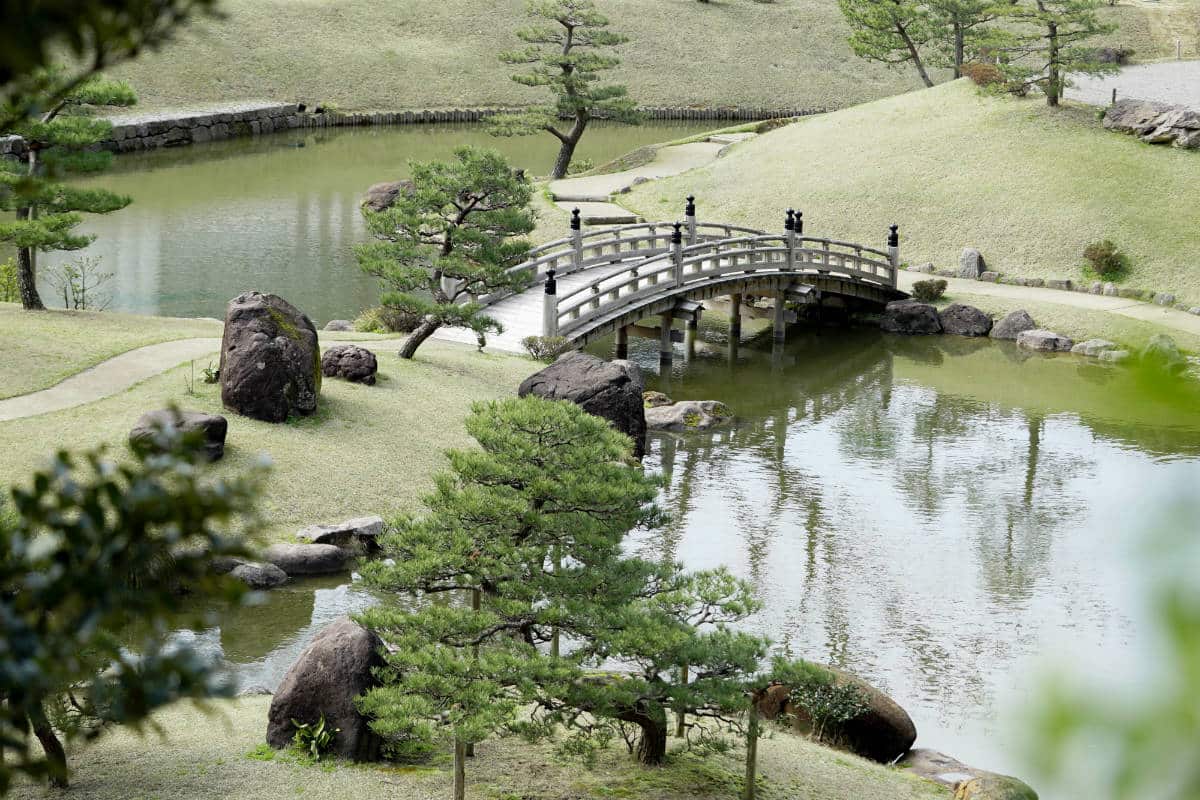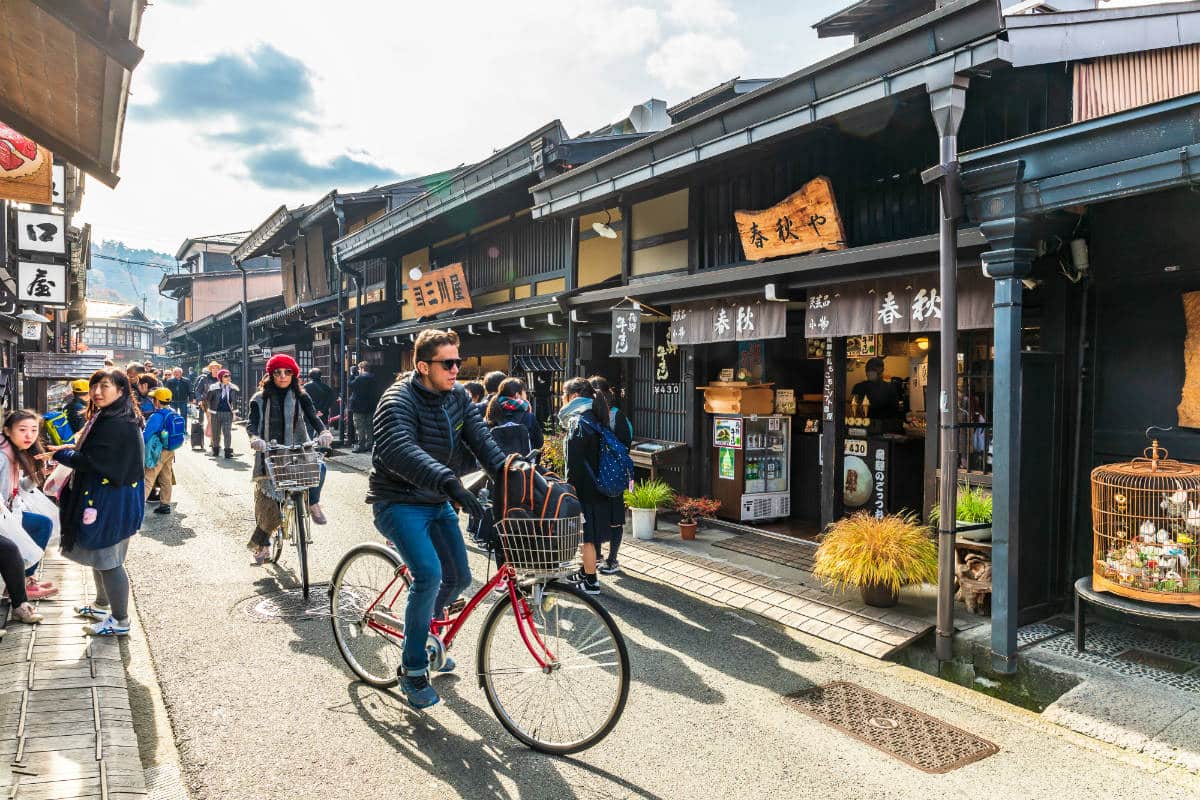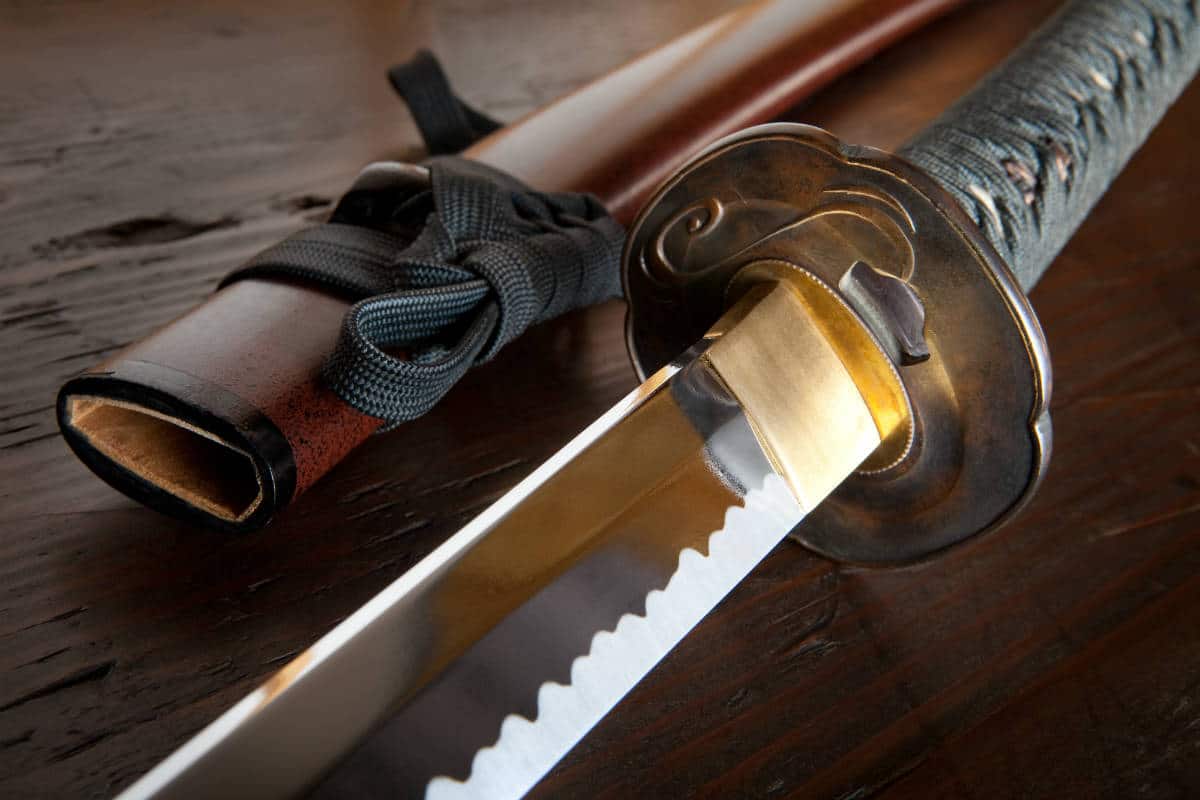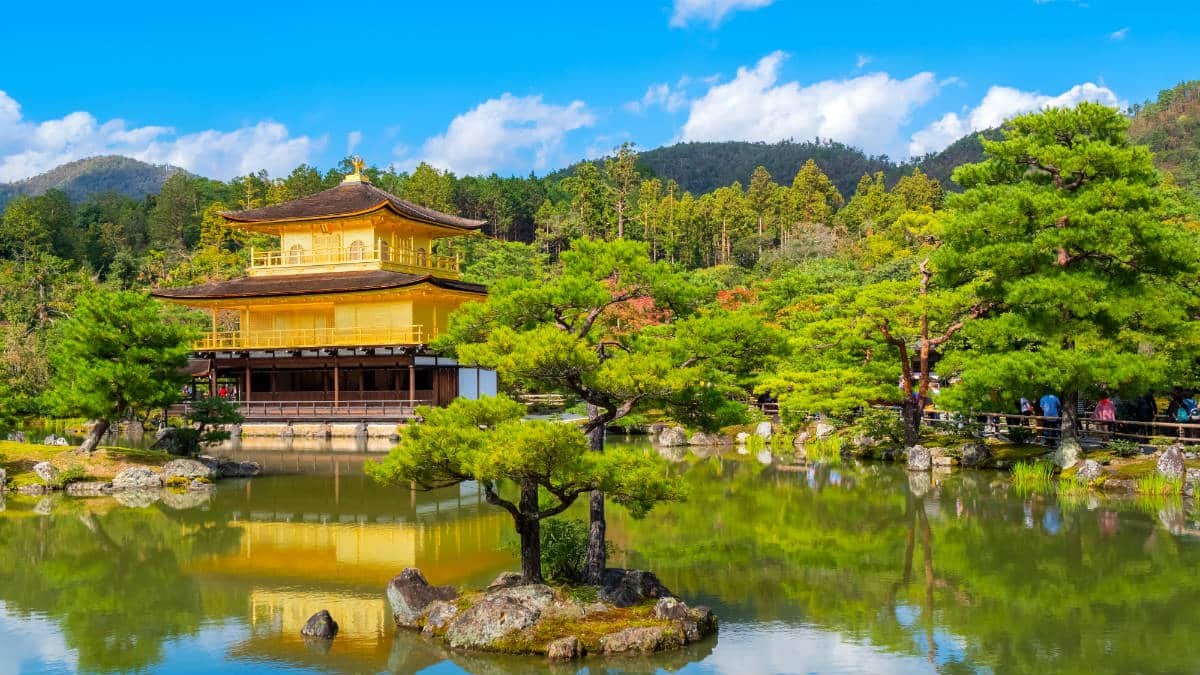In Japanese kotoshohi literally means “consuming or gaining experience”. So there are many places in the country of the rising sun where the offer of peculiar activities dedicated to the tourists aiming at spreading the local culture has been increasing steadily. The source of inspiration for this kind of experiences are very often world-famous objects that sound typical from this country but they actually represent the outcome of a secular experience that can turn many human expressions into art and philosophy. Tè, sushi, bonsai, kimono, manga are ordinary words used by the Western people but they have a much deeper meaning for the Japanese people since they are related to ways of thinking that are very different from ours: they are theories that become real and every action that is made to turn these theories into real things are based on specific rites and sacred meanings. So let’s leave on a journey to discover these experiences from the North to the South to better understand the essence of the handcrafted objects and the charming stories that come with them.

The Kokeshi and the Matsushima
The kokeshi are the wooden dolls from the North of Japan, they are made in the province of Sendai and Miyagi in the Tohoku region, famous for its thermal facilities, the so-called onsen. Each doll is unique and it’s manually made by a craftsman who works the pieces of wood to get the final shape, then the delicate painting of the face and the kimono is carried out. The kokeshi dolls appeared in Japan in the 17th century and it is believed that they were first used as massage tools for the thermal facilities’ guests. They also have a spiritual meaning which is related to the hope of having a healthy child. The Japan Kokeshi Museum is in Osaki and it exhibits 5.000 dolls. The Matsushima is not far from there, it’s considered one of the most beautiful places of Japan: it’s a group of 260 islands covered in pinewoods where you can see amazing tiny villages and sacred temples surrounded by a landscape that is different on each island and changes according to the season.

The gold of Kanazawa
Kanazawa, by the Sea of Japan belongs to the network of “Unesco Creative Cities”. The economic development of this city started in the 16th century and it continued for three centuries during the reign of Maeda: the castle and the Kenrokuen garden are the main landmarks of this enlightened age where the most famous master craftsmen used to work. The most precious art is the working of gold which is nowadays carried out by the Master Ken-Ichi Matsumura: he explains that it takes around two weeks to make one gold leaf, it takes time to work it by using the hammer until you get a thickness of 0,2 micron. These works are mainly used to decorate the temples but also to finish the handcrafted products. Gold is also used for the kintsugi, a technique that is used to fix the pieces of broken pottery that become bright and precious again after this work. This particular art is a metaphor of life and it enables to see the crack not just from a negative point of view but as an opportunity to change and improve. So from the imperfections and hurt a new aesthetical and inner perfection can come out.

The little worlds of Hida Takayama and Ogimachi
Japan also means slow pace, far from the busy cities, a country where the people take their time, slowly, they cultivate the rice and raise the traditional values. The best example of this ancient world is Hida Takayama (midway between Tokyo and Kyoto), a village that keeps the wooden houses belonging to the Edo age (1600-1868), where you can stroll around the markets and visit the sake distilleries and the workshops of paintworks. The history of the Japanese paintworks goes back to 5.500 years ago and the shunkei technique is still used in Takayama. The transparent paintwork is still used since it protects the beauty of the wood grains that enable to keep the pots and the trays untouched. About an hour from the city you can reach an amazing mountain region called do Shirakawa-go and the village of Ogimachi, protected as a national Heritage because of its 110 wooden houses (partially still occupied and partially turned into museums), they are built in the gassho-zukuri style that means “folded hands” an expression that reminds the pitched straw roof.

The Katana and the Samurai of Himeji-jo
According to the legend, the goddess Amaterasu gave a necklace, a mirror and a sword to her offspring as a gift. In this context, the samurai’s katana is considered a kami, that is the spirit of death but also the spirit that protects the lives. The Japanese swords were first moulded by the Tendai Buddhist monks, the alchemists, the poets, the scholars, the fighters and by the master blacksmiths whose heirs are still surviving somewhere in the old smithies that are considered a National Heritage. One of these smithies can be found in the Southern island of Kyushu, in the city of Arao and it’s run by the Master blacksmith Matsunaga Genrokurou who tells about his workshop, he explains the production steps of the mythical sword that is still used in some martial arts. The katana is sacred for the samurai and they never part: if you want to know the true story of these proud, noble and educated warriors you must visit Shirasagi, the most amazing feudal castle in Japan overlooking the city of Himeij-jo in the region of Kansai. It’s a huge wooden construction, finely decorated made in 1601 by the samurai Ikeda Terumasa. It represents the climax of the Japanese concept of harmony among human beings and with nature.




0 Comment